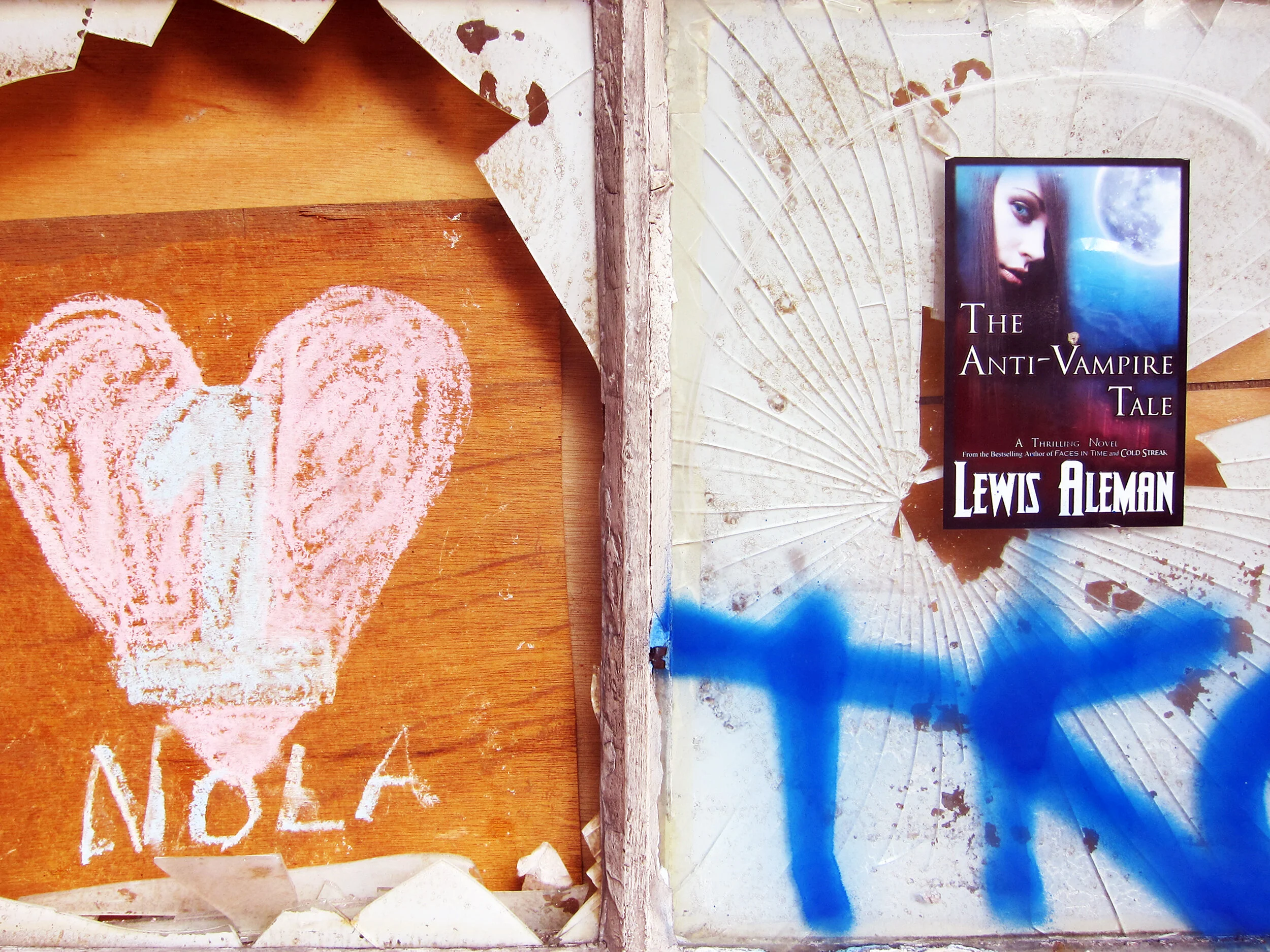
Page 2 of 3
New Orleans, Louisiana
Lead me through these cities of imaginary trends
Of all of the available (non self guided) tours at this year’s AIA Convention, the star attraction was ET113 Katrina Recovery (“ET” stands for Educational Tour by the way). It focused on projects in the Lower Ninth Ward, and included a tour of the Make It Right Houses, a star studded project, First off, the charity itself funding the project was founded by Brad Pitt, and the architects involved included Shigeru Ban, Frank Gehry, Thom Mayne, David Adjaye and MVRDV, among others. What’s not to be excited about?
After five and a half years, there are new houses in the Lower Ninth Ward but the place still feels empty and half full (at best). The new houses are certainly interesting, but I’m not sure they really create a community as much as a collection of interesting houses, empty lots and a yet to grow in new landscape. Of course, what else do you expect from new construction in an area so destroyed and doing its best to come back and reinvent itself after such a dark, awful chapter.
The most sobering moment of the Katrina Recovery Tour was likely unintentional. Near the end, after seeing several projects of hope, we went to see what went bad in the first place. The levees surrounding that area are high and are holding back a tremendous amount of water- even at times when there is no rain, when you’re there, it feels like you’re on borrowed time.
The Lower Ninth Ward was built as a real estate development on reclaimed land below sea level, which is why the levees circle it and why, when the levees failed, there was nothing left to save it. There are a lot of mixed feelings you get visiting the area, mixing hope and recovery with all that terrible devastation and the realization that all of the ingredients are still there for it to all happen again.
Another Katrina recovery tour was ET123 St Bernard Parish, which is the area east of New Orleans, pretty much everything in that direction between the city and the Gulf of Mexico. The tour focused on new public buildings and was also kind of sobering in that the designs anticipate massive catastrophic flooding events and all of the subsequent related problems will happen again and again in the future. One example was a tour of a public school where everything (other than loose furniture) was designed to be cleaned with a high pressure hose and able to survive standing water. Additionally we visited firehouses that had the same, high pressure hose finishes on the lower floors and everything important (including the electrical equipment) upstairs. And those nice, generous balconies aren’t so the firefighters can relax, they’re meant to act as place to dock your boat during flooding so that the firehouse can remain operational.
One more (not depressing) note about the firehouses. They were designed with fireman’s poles and these fireman’s poles can serve as a legal second means of egress (unfortunately) in firehouses only. This means that you open up a fire rated door and there’s a closet sized room with a hole in the floor and a pole right through it. The firefighters claim that they never use them but come on, you know if you had a fireman’s pole in your house or office there’s no way you wouldn’t use it all the time.
I stayed at the terrific Loews Hotel in New Orleans, convenient enough to the Convention Center (a ten minute walk) and not all that far away from the French Quarter (a fifteen minute walk to Jackson Square) and the way over crowded streetcars to the Garden District (about five minutes away). It was also surprisingly close to Charles Moore’s legendary Piazza d’Italia, one of the high points of Post Modernism and one that feels completely out of place in its indistinctive location stuck behind the Loews Hotel and a few (still) yet to be developed parking lots.
I started this slideshow basically saying that I didn’t like New Orleans, as if the non stop humidity, creepy voodoo shops and drunk people are the fault of the city. I dared the AIA Convention to change my mind, and I’m not sure any convention anywhere can ever get me to like non stop humidity. That doesn’t seem like a fair thing to pin on any city anywhere.
Of course, not liking non stop humidity, creepy voodoo shops and drunk people doesn’t mean that the AIA Convention didn’t at least move the needle. The Convention forced me into neighborhoods and buildings and parks and streets that I would have otherwise missed or ignored, and, if you’re paying attention, there are certainly a lot of really pretty moments when you start to look past the non stop humidity, creepy voodoo shops and drunk people.
One thing that I really started to appreciate during my time in New Orleans was how the city seemed to either foster (or attract) really interesting people. There were good reminders everywhere from interesting graffiti to weird ass signs all over the place. More than the city’s neighborhoods and buildings and parks and streets, I was struck by how these individual expressions worked together to make a place I might otherwise dislike into a place that I truly began to appreciate. Good job New Orleans after all.

